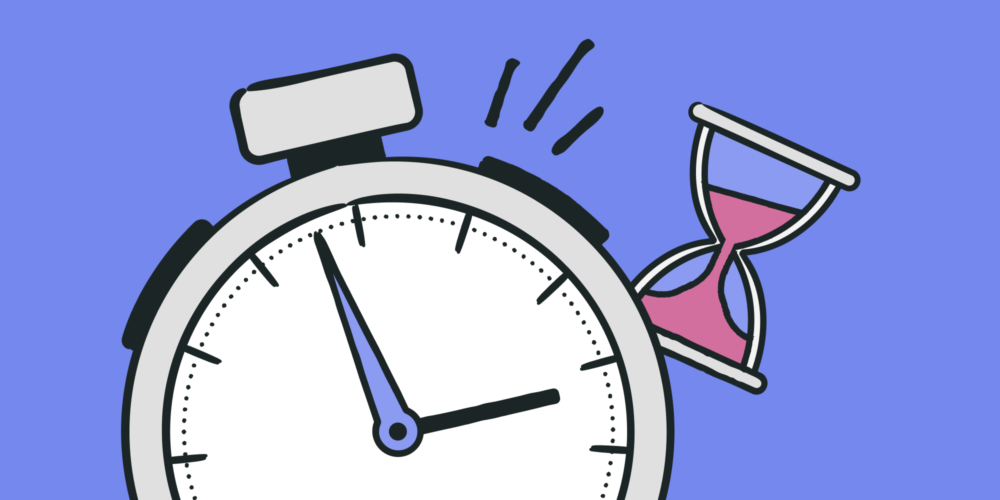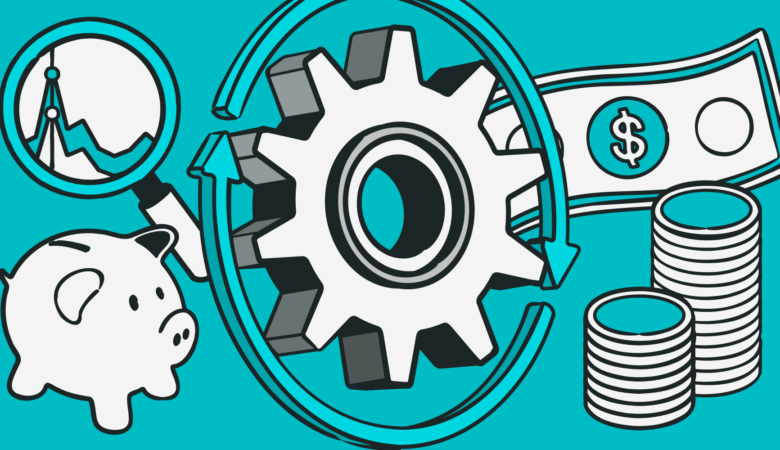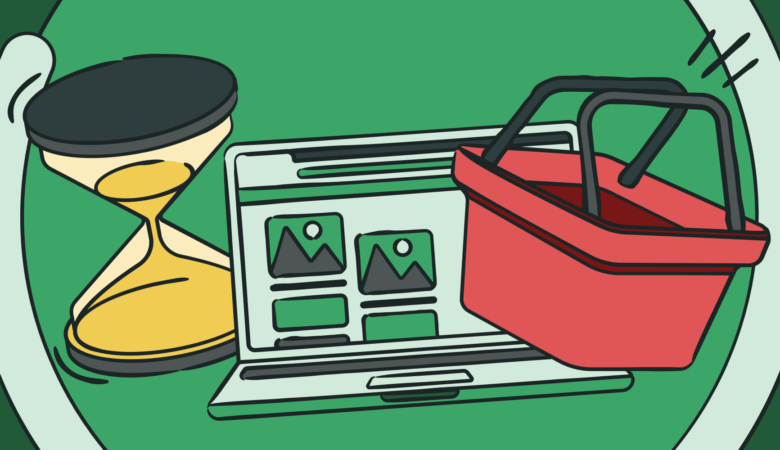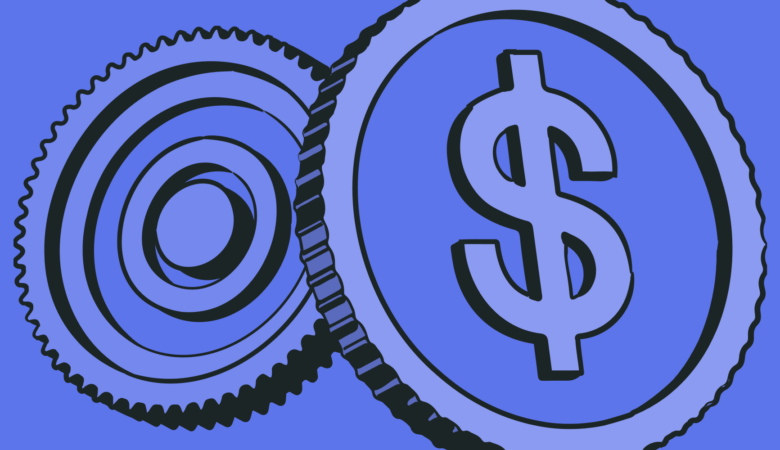Avid kite flyer, publisher, and postmaster Benjamin Franklin is believed to have coined the catchphrase, “time is money”. If only he had known just how relevant the phrase would become hundreds of years later, especially when it comes to the relationship between customer expectations of your website’s page load times and lost revenue.
Page load time is the time it takes your browser to retrieve a page, with all content, and display it in full. No matter how you slice it, nobody likes slow websites. Fast forward to today’s global commerce playing field where seconds matter — a lot — and correlations between positive customer experiences and page load time can be quantified.
Page load time affects conversion rates and visitor experience
By some estimates, nearly half of us won’t wait even three seconds for a page to load. And after 4 seconds, bounce rate, conversions, and revenue decline significantly. Conversion rate is the ratio of visitors who take the action you want them to on a page — sign up for your newsletter, fill out a form, place a product in a shopping basket, use a tool on your site, download a brochure, sign up for a subscription, etc. — and the total number of visitors.
Website conversion rates drop by an average of 4.42% with each additional second of load time (between seconds 0-5). (Portent, 2019)
If an e-commerce or SaaS (Software as a Service) website doesn’t load its content within the sweet spot of between 2 and 4 seconds, many of us are so impatient that we’ll immediately jump ship, according to research from an Akamai performance measurement study. They determined that just a 1 second improvement in page load times can result in a 2% increase in conversions.
So, what does this all mean to your bottom line? Generally, the bigger you are, the harder you fall in terms of lost revenue. The good news is that there are steps you can take to mitigate both customer drop off and improve your financial balance sheet.
Page load blockers and ranking busters — the usual suspects
Web pages are bigger and more complex than ever. They are more frequently incorporating 360-degree images and video, further adding to their complexity. Back in 1995, the average webpage size was 14.1 KB and contained an average of only 2.3 objects. Today, the average size of a website page is about 2 Mb for desktop and 1.78 Mb for mobile. Google’s best practice suggest page size should be below 0.5 Mb and load in under 3 seconds.
Google, not generally known for being the most forthcoming with certain aspects of its business practices, has pointed out that site speed, and the resulting page speed, is one of the signals used by its algorithm to rank pages. A slow page speed means that search engines can crawl fewer pages using their allocated crawl budget, which may could negatively affect your indexation.
By compressing images and text, 25% of pages could save more than 250KB and 10% can save more than 1MB, which contributes to page load times. (Google, 2018)
Then there are third-party connections, such as Google, Facebook, and Twitter. While it may be true that these social media sites tend to be highly useful branding tools, they may also contribute to slower page load times due to latency issues, especially over long distances. Latency delays are typically measured in milliseconds but time, even fractions of a second, is money as old Ben said.
Show me the money
Each case is subjective in terms of lost revenue due to slow page load times, however, according to some estimates, almost $500 billion in e-commerce revenue disappears thanks to slow loading. For example, North American fashion retailer Nordstrom saw online sales dip 11% when its website response time slowed by just half a second, according to a former senior performance engineer.
Nearly 70% of consumers admit that page speed impacts their willingness to buy from an online retailer. (Unbounce, 2019)
Suppose that you have total annual sales in the ballpark of $14 billion. Using the Nordstrom example, that’s $1.5 billion lost over a one-year period. Here are some other examples of the relationship between page load time and your bottom line:
- Walmart and Amazon both observed a 1% increase in earnings for every 100 milliseconds of improved webpage speed.
- Yahoo saw a 9% increase in traffic for every 400 milliseconds of webpage speed improvement.
- Google loses 20% of their traffic for every additional 100 milliseconds it takes for a page to load.
The point is that even the smallest fractions of time can result in big wins or big losses depending on how well you are managing your website load times.
The highest ecommerce conversion rates occur on pages with load times between 0-2 seconds. (Portent, 2019)
Turning the table on slow page load times
The key is for your IT management teams to be aware of ANY disruptions in real time otherwise you risk a fickle customer base going to competitor sites. Reports that are days old are like stale bread — neither you nor your customers will enjoy the experience.
If you consider that more than 80% of page load time takes place on the front end, in the browser, the go-to monitoring tool should at the very least be Real User Monitoring (RUM). Uptrends’ RUM has the capability to quantify the correlation between page load time and user engagement — and identify where you need to optimize performance to directly improve profitability.
Test for everything expecting failure and monitor everything, even what you think doesn’t need to be tested. Test in production and don’t wait for periods of peak activity, such as holidays, especially if you are a retailer.
Combining Synthetic Monitoring and Real User Monitoring will provide you with a clear picture of your page load performance and what your end-users are experiencing. The end goal is to capture data from the user’s experience using RUM together with around-the-clock Synthetic Monitoring, such as Web Performance Monitoring.
Check out our free Website Speed Test tool to view a website’s performance of your choosing. The tool will provide you with with key metrics, such as the quantity and size of your page elements, the allocation of images, script files, CSS files, HTML files, and the domains the elements come from. In one overview, you can see where improvements to page load times can be made.
The takeaway
Online users demand speed, simplicity, and reliability all at once and combined with some kind of multimedia experience. The data has spoken for itself. Failure to provide this complete user experience consistently may result in you seeing higher exit rates and uneven conversion rates.
RUM used in combination with Synthetic Monitoring can provide you with powerful analytical tools you need to identify problems and make immediate corrections to improve page optimization. They are two different approaches that can really deliver when it comes to better page load metrics and potentially boosting your bottom line!




